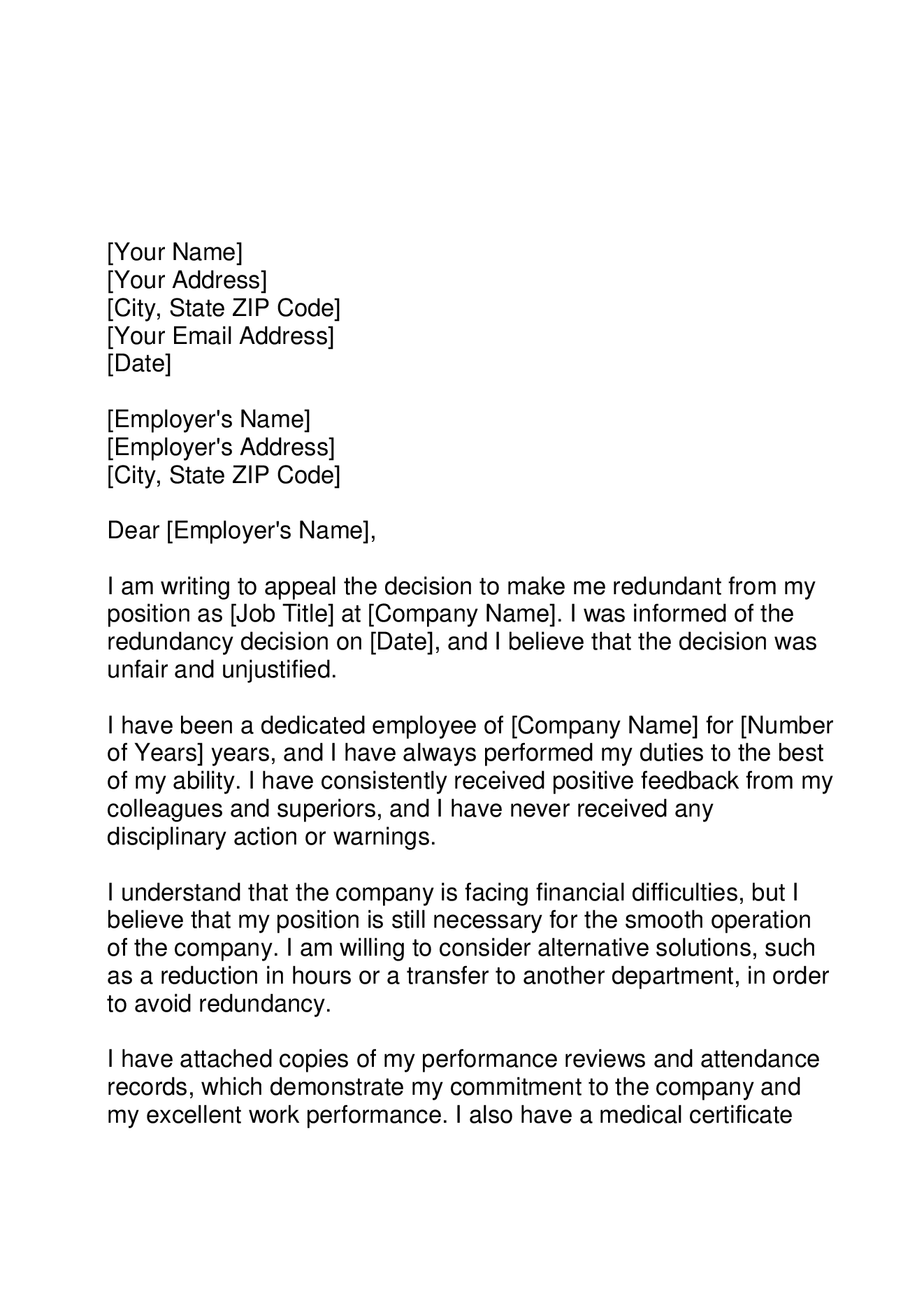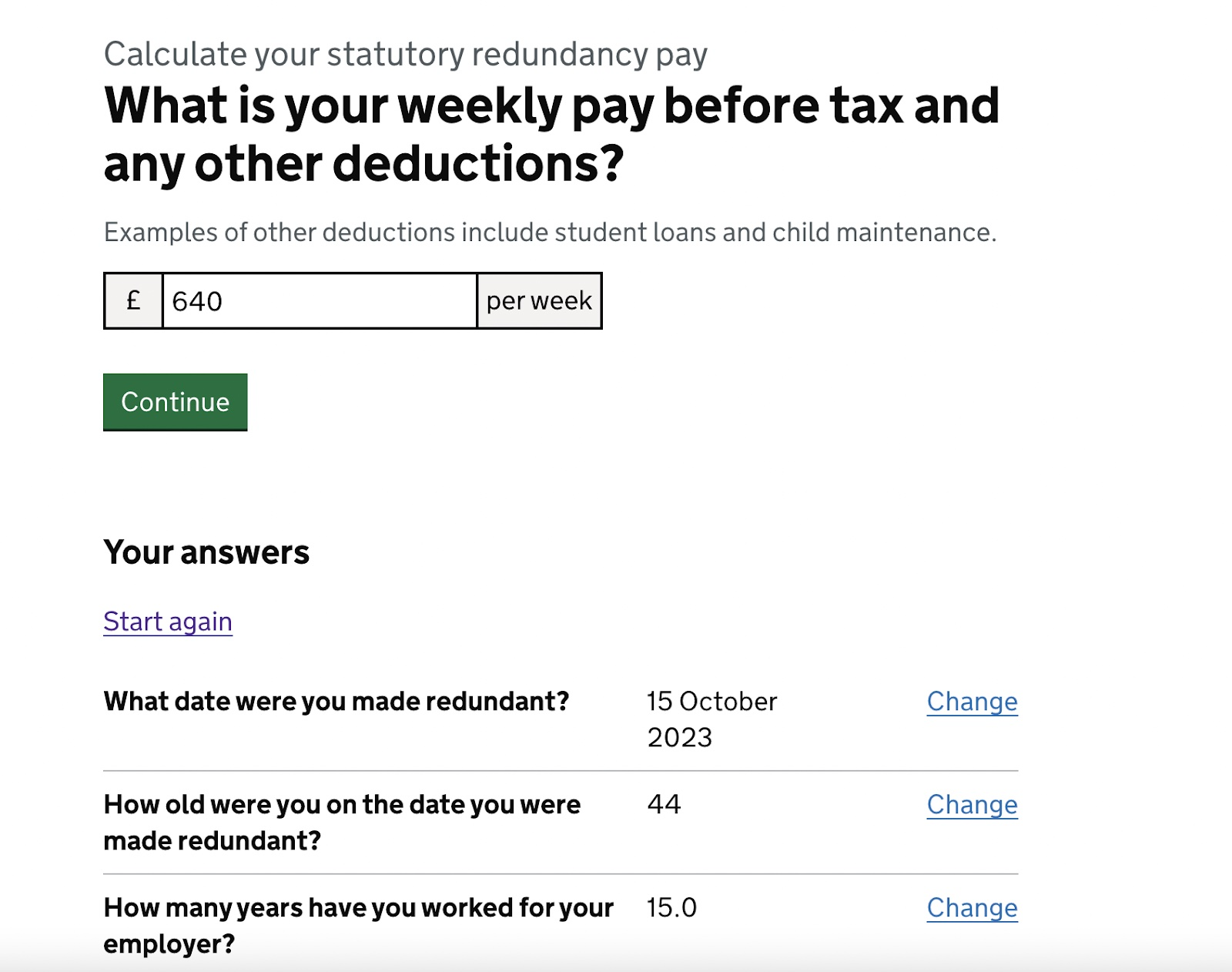What Happens to Redundancy If Company Goes Bust? A Guide to Your Rights
What Happens to Redundancy If Company Goes Bust? A Guide to Your Rights
Blog Article
Investigating the Interaction In Between Firm Redundancy and Business Adaptability for Future Development
In the vibrant landscape of today's company globe, the elaborate partnership between company redundancy and business flexibility emerges as an important element for sustained growth and success. Business usually encounter the challenge of striking a delicate balance between keeping a degree of redundancy to mitigate dangers and promoting flexibility to react quickly to the ever-evolving market demands.
Value of Company Redundancy
Company redundancy is a crucial element that improves organizational durability and alleviates functional threats. By integrating redundancy procedures within the business framework, firms can much better endure unanticipated disruptions and changes in the organization environment. Redundancy acts as a tactical buffer, permitting business to adapt and respond successfully to unexpected difficulties without compromising essential procedures.
One key aspect of the significance of business redundancy is its role in ensuring continuity during times of situation. When confronted with sudden adjustments or emergencies, repetitive systems, sources, or workers can tip in to maintain crucial features and protect against prevalent interruptions. This connection not just safeguards the firm's track record and customer count on but also lessens economic losses and operational downtime.

Strategies for Business Flexibility

Developing versatile business structures that enable for quick adjustments to market dynamics and customer requirements is essential for remaining competitive in a swiftly advancing setting. By proactively recognizing prospective disruptions and chances, organizations can proactively grow and adapt in an ever-changing company landscape.
Balancing Redundancy and Versatility
Accomplishing an unified stability in between functional redundancy and organizational versatility is extremely important in browsing the complexities of a dynamic business environment. Redundancy within a business gives a safeguard, guaranteeing connection and stability in procedures. Nonetheless, an unwanted of redundancy can result in inadequacies and prevent flexibility to altering market problems. On the other hand, business versatility enables firms to react immediately to exterior disturbances and confiscate new chances. Striking the ideal equilibrium between redundancy and flexibility is a delicate process that requires a deep understanding of the company's goals, industry dynamics, and Read More Here risk resistance.
To achieve this equilibrium, companies need to conduct normal assessments of their look at this website operations to determine locations where redundancy is essential for danger mitigation and where adaptability can drive development and development. Carrying out adaptable frameworks, cultivating a culture of constant learning and renovation, and motivating open communication throughout all levels of the organization are vital methods to balance redundancy and versatility properly. By straightening these two critical elements, firms can place themselves for lasting growth and success in an ever-changing company landscape.
Study on Adaptation Success
In checking out instances of effective business adjustment, it becomes evident that the interplay in between operational redundancy and adaptability is a defining element in forming resilient services. A DVD rental service, Netflix demonstrated remarkable versatility by transitioning into a streaming platform when digitalization disrupted the market. These case research studies highlight the importance of operational redundancy coupled with business flexibility in cultivating long-lasting development and competitiveness.
Building Resilience for Future Development
Building durability for future growth requires a calculated placement of operational procedures with market dynamics and arising trends. Business have to adapt to transforming atmospheres by fostering a culture of versatility, advancement, and continuous renovation. Durability entails not only getting better from problems however likewise proactively preparing for future obstacles. One crucial aspect of building resilience is buying robust risk monitoring methods to reduce possible interruptions. This includes situation preparation, expanding supply chains, and creating backup plans for various backups (who pays redundancy money).
Additionally, cultivating solid partnerships with stakeholders, such as consumers, employees, distributors, and the area, is essential for weathering uncertainties and maintaining trust and assistance throughout Learn More unstable times. Reliable communication and openness play an important function in structure strength, as they aid facilitate and align expectations partnership in browsing uncertainties.
In addition, organizations need to focus on understanding and development efforts to upskill workers and furnish them with the necessary tools to adjust to altering scenarios. By buying their labor force, business can boost their versatility and agility, ultimately reinforcing their strength for lasting future development.
Final Thought

In the dynamic landscape of today's business world, the complex connection between business redundancy and business flexibility emerges as an essential element for sustained growth and success. Companies typically encounter the challenge of striking a delicate balance in between maintaining a degree of redundancy to reduce dangers and promoting adaptability to react quickly to the ever-evolving market demands.To attain this balance, companies require to conduct routine evaluations of their operations to recognize locations where redundancy is necessary for threat reduction and where adaptability can drive technology and development.In verdict, the interaction between business redundancy and organizational versatility is important for future development. Building resilience through a mix of redundancy and flexibility will certainly make sure that firms are prepared for the challenges of the future.
Report this page